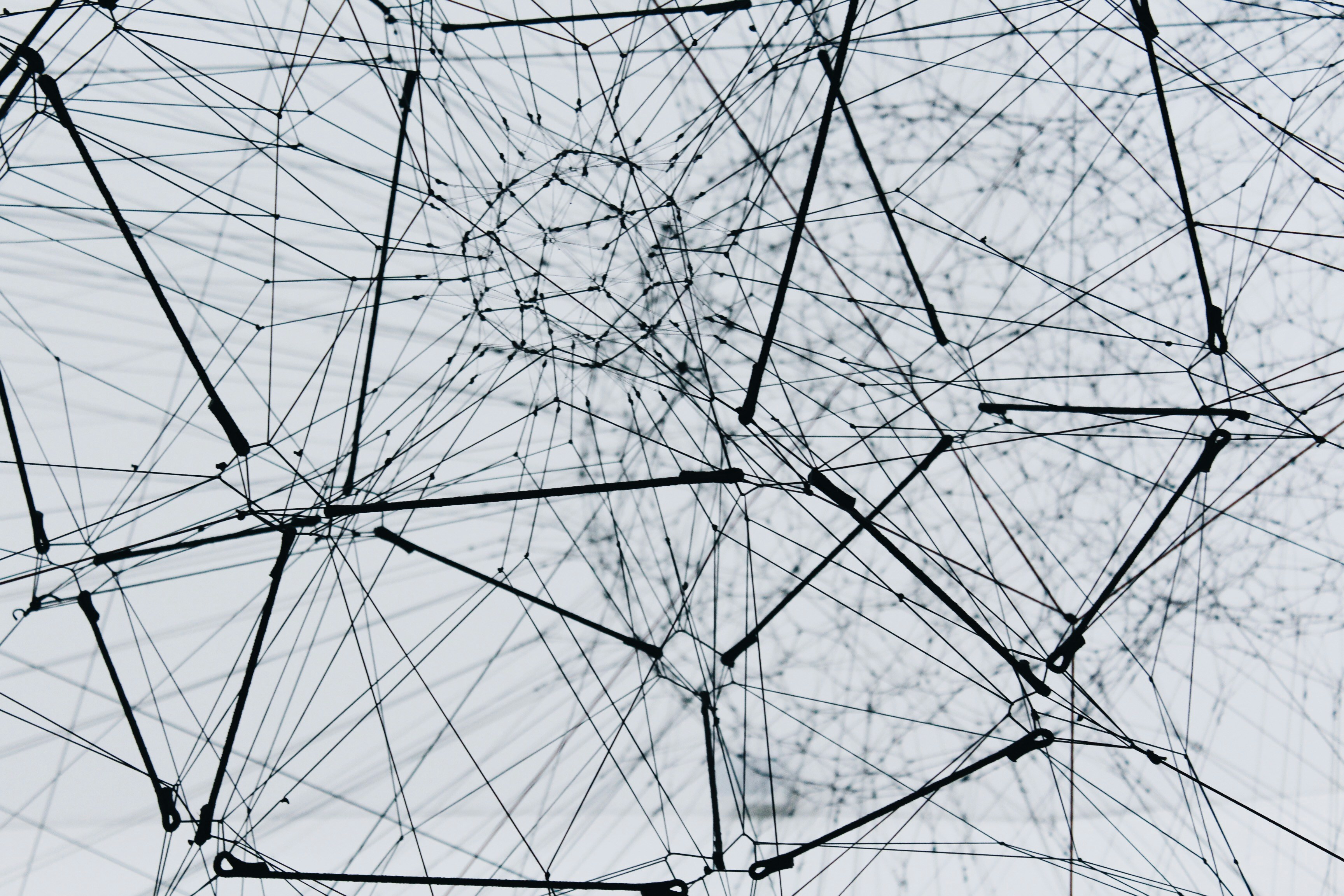The Chemistry of Visual Design
When I transitioned from working in chemical laboratories to building web applications, I discovered that the principles I used to analyze molecular structures and chemical reactions had direct parallels in visual design. Both fields require systematic thinking, attention to detail, and an understanding of how individual components interact to create something greater than the sum of their parts.
Systematic Approach to Design
In chemistry, every experiment follows a strict protocol. You can't just mix chemicals randomly and hope for the best result. Similarly, in visual design, every element must be placed with intention and purpose. The color palette, typography, spacing, and layout all work together to create a cohesive user experience.
The Science of Color
Color theory in design mirrors the way we understand chemical reactions. Just as certain elements react predictably with others, colors have predictable relationships. Complementary colors create visual tension, analogous colors create harmony, and triadic color schemes create balance. Understanding these relationships is crucial for creating effective user interfaces.
Molecular Structure and Layout
The way molecules are structured in chemistry - with atoms bonded in specific patterns - is similar to how we structure layouts in web design. The grid system is like the molecular framework, providing structure and consistency. Individual components are like atoms, and when combined properly, they create a stable, functional whole.
Quality Control in Design
In chemical manufacturing, quality control is essential. Every batch must meet specific standards, and deviations are carefully documented and analyzed. In design, we apply similar principles through user testing, accessibility audits, and performance monitoring. Every design decision should be measurable and justifiable.
The Art of Experimentation
Both chemistry and design require experimentation. In the lab, we test hypotheses and refine processes based on results. In design, we create prototypes, test with users, and iterate based on feedback. The scientific method applies to both fields, ensuring that our work is evidence-based and continuously improving.
Conclusion
The transition from chemistry to web development has given me a unique perspective on design. The systematic thinking, attention to detail, and experimental approach I learned in the laboratory have become the foundation of my design philosophy. Whether I'm working on a CO₂ recovery system or a user interface, the principles remain the same: understand the problem, design a solution, test it thoroughly, and iterate based on results.
-Photoroom.png)
